A tri-omic atlas of the mouse brain from postnatal day 0 to P21 reveals that layer-specific projection neurons have a role in coordinating axonogenesis and myelination.


Scientists caught a star dying in real time — and its explosion wasn’t round, but olive-shaped.
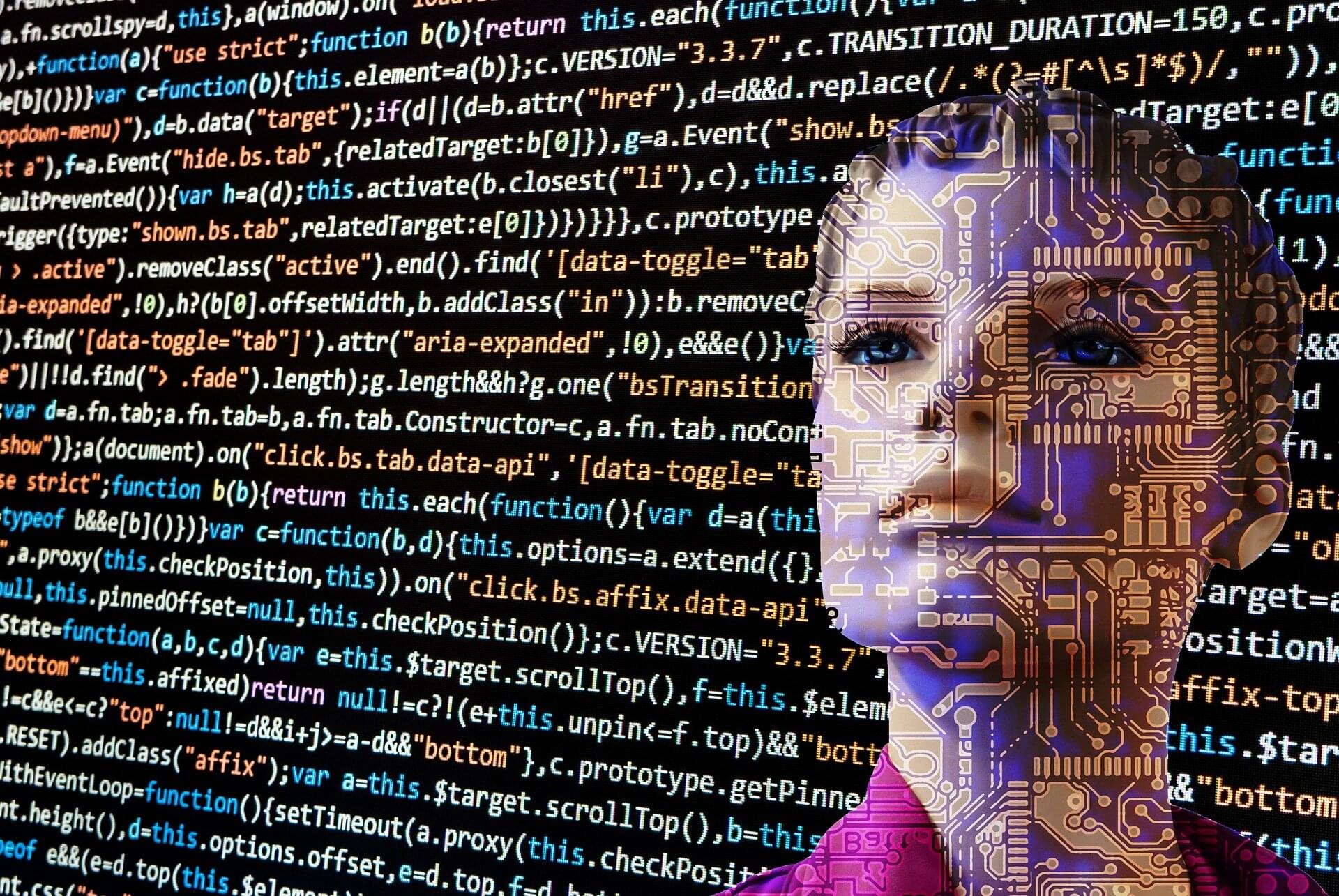
Can an AI persona detect when a human is lying—and should we trust it if it can?
Artificial intelligence, or AI, has had many recent advances and continues to evolve in scope and capability. A new Michigan State University-led study is diving deeper into how well AI can understand humans by using it to detect human deception.
In the study, published in the Journal of Communication, researchers from MSU and the University of Oklahoma conducted 12 experiments with over 19,000 AI participants to examine how well AI personas were able to detect deception and truth from human subjects.

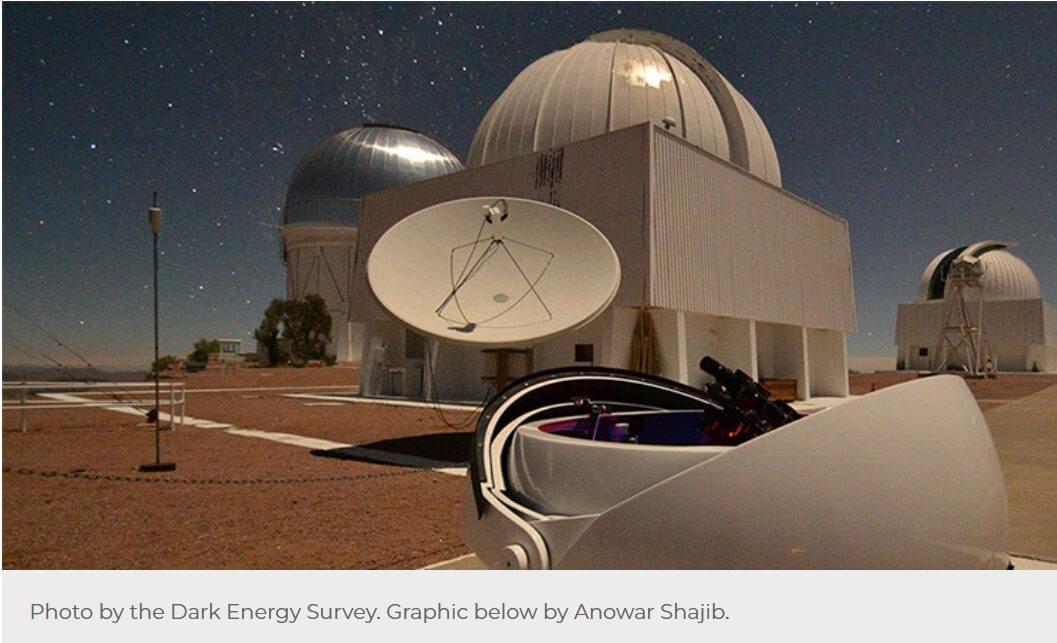
Dark energy may be evolving—hinting that the universe’s ultimate destiny could be far stranger than we ever imagined. Astronomers are rethinking one of cosmology’s biggest mysteries: dark energy. New findings show that evolving dark energy models, tied to ultra-light axion particles, may better fit the universe’s expansion history than Einstein’s constant model. The results suggest dark energy’s density could be slowly declining, altering the fate of the cosmos and fueling excitement that we may be witnessing the universe’s next great revelation.
Dark energy, the mysterious force thought to drive the universe’s accelerating expansion, remains one of the deepest puzzles in modern physics. For years, the leading explanation has been that this energy is constant – an unchanging property of empty space responsible for cosmic acceleration. But recent evidence has scientists rethinking that assumption.
Last year, results from the Dark Energy Survey (DES) and the Dark Energy Spectroscopic Instrument (DESI) caught the attention of cosmologists by suggesting that dark energy might not be fixed after all. “This would be our first indication that dark energy is not the cosmological constant introduced by Einstein over 100 years ago but a new, dynamical phenomenon,” explained Josh Frieman, Professor Emeritus of Astronomy and Astrophysics.
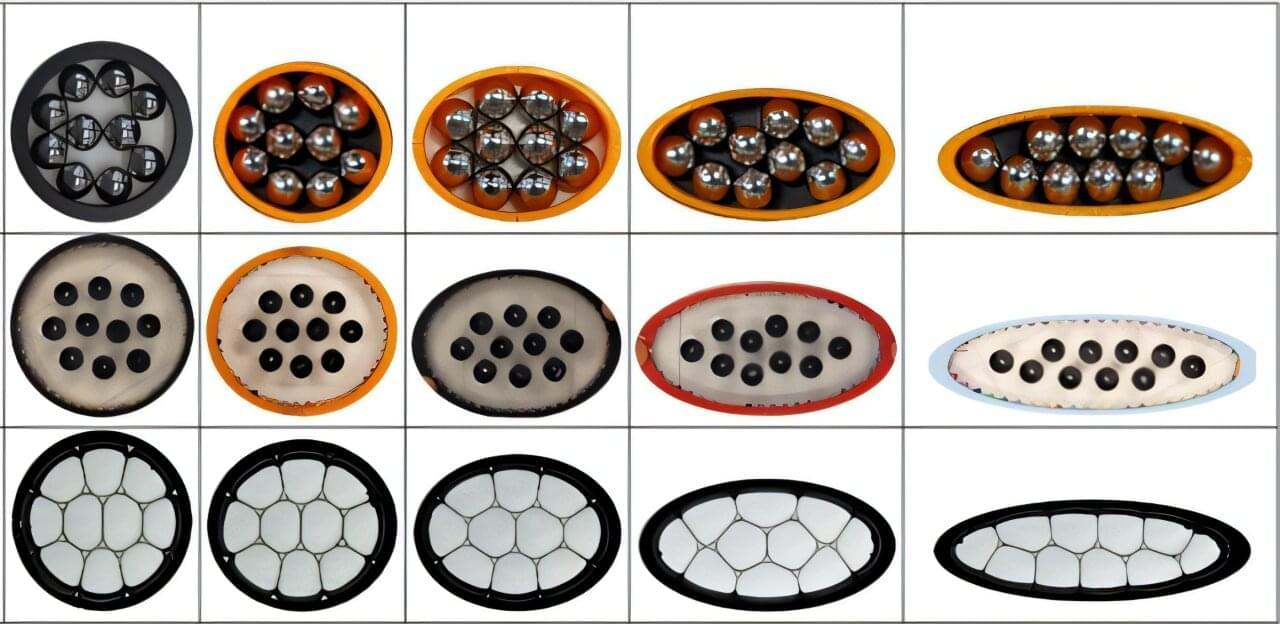
Particles as different as soap bubbles and ball bearings can be made to arrange themselves in exactly the same way, according to a new study that could unlock the creation of brand new materials—including those with promising biomedical applications.
The international study, involving Professor Simon Cox from Aberystwyth University, reveals how diverse particles self-organize into identical geometric patterns when confined. The work is published in the journal Physical Review E.
The discovery could help scientists design advanced materials for medical use—including in smart drug delivery systems and targeted therapies. It could also offer valuable insights for tissue engineering, where understanding how biological cells arrange themselves in tight spaces is essential for developing effective scaffolds and regenerative treatments.
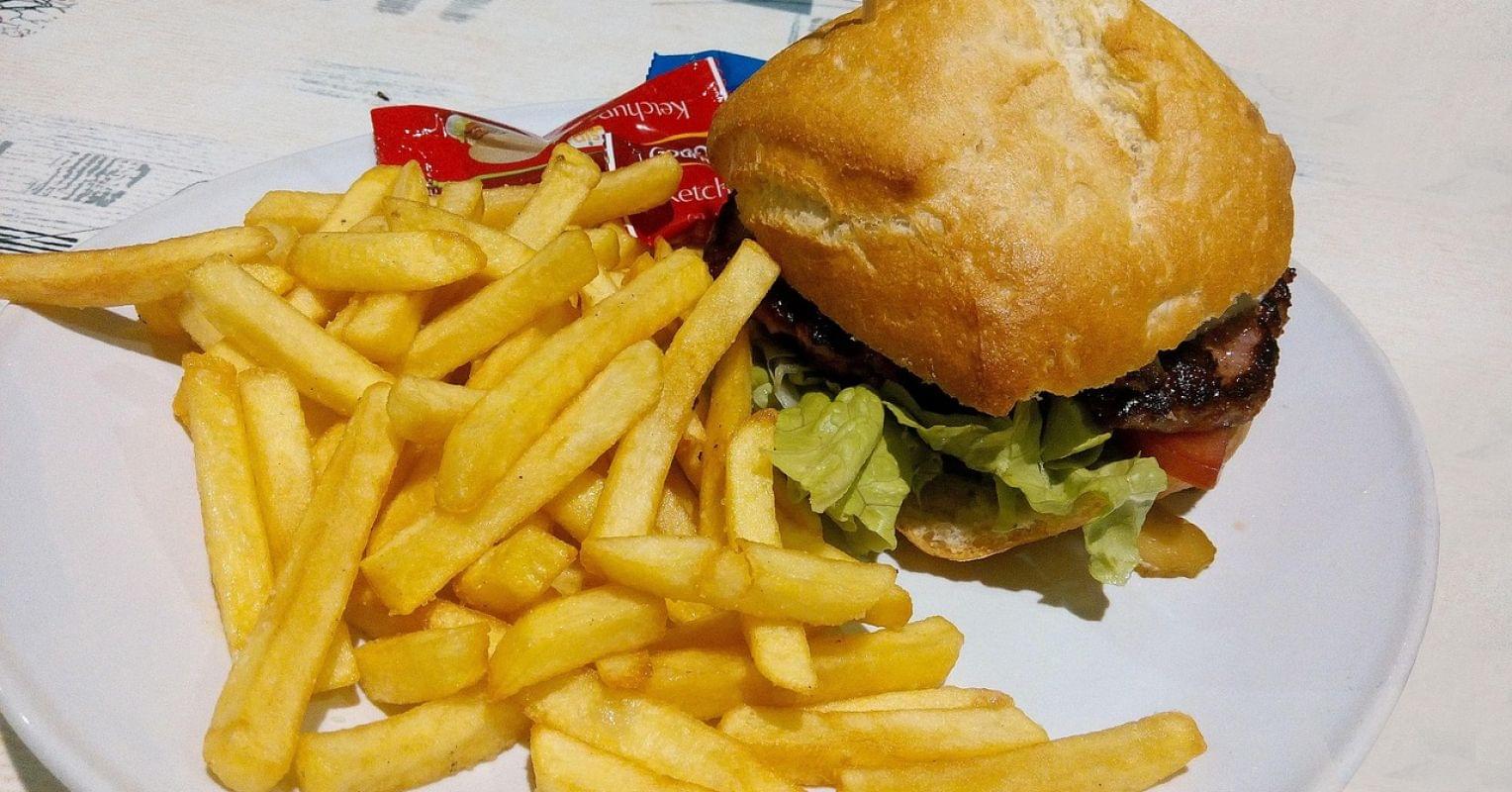
Having too many fat cells can lead to low-grade, body-wide inflammation that underlies brain aging.
Chronic venous insufficiency due to obesity may impair cognitive function.
It’s never too late to positively impact brain aging by losing weight.
Mind wandering, confusion, and a reduced ability to focus thoughts are classic early symptoms of obesity related cognitive decline.
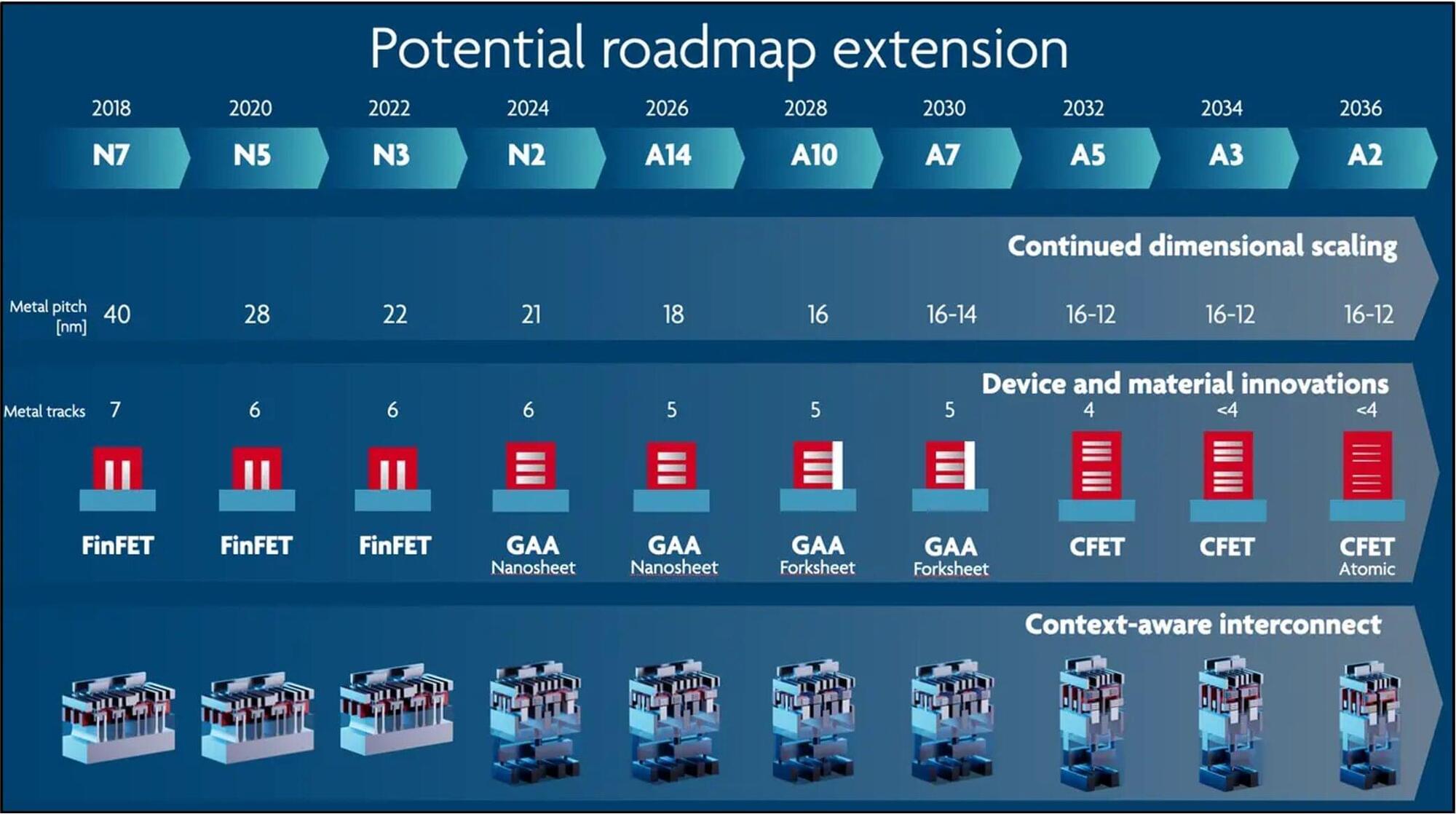
Check out Neurosity to code with your brain waves — https://neurosity.co/fireship.
I gave Claude Code full access to my mind to find out if it’s really possible to vibe code straight from the dome using the Neurosity Crown. Let’s run it…
#coding #programming #tech.
💬 Chat with Me on Discord.
🔗 Resources.
Timur Bazhirov, Mat3ra.com CEO, presenting Mat3ra for Electron Microscopy. At Mat3ra, we’re bridging the gap between experiment and theory, starting with elec…